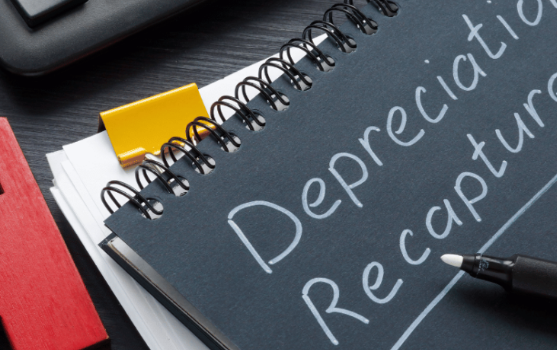
Real estate investing offers various benefits, especially when it comes to tax deductions. One key aspect that investors often leverage is depreciation, a process that helps to account for the wear and tear of assets over time. Accumulated depreciation, however, is a more complex concept that can significantly impact an investor’s financial strategy, especially when selling properties. In this article, we’ll explore what accumulated depreciation is, how it affects real estate investments, and why investors need to understand its implications.
What is Depreciation?
Depreciation is a method used by asset owners to account for the gradual decline in value of their assets over time due to usage or aging. In the context of real estate, this applies to properties such as residential buildings, office spaces, and rental properties. Since these assets lose value with use, owners can deduct a portion of the asset’s cost each year as an expense, reducing their taxable income.
There are two main methods for calculating depreciation in commercial real estate:
- Straight Line Depreciation: This method involves dividing the asset’s depreciable value by its estimated useful life. The same amount of depreciation is deducted each year.
- Cost Segregation: This strategy breaks down the property into different components, each depreciated over different periods. For example, furniture and fixtures may be depreciated over five years, while land improvements might be depreciated over 15 years. By accelerating depreciation on certain components, this method helps investors maximize their tax deductions early on.
What is Accumulated Depreciation?
Accumulated depreciation is the total amount of depreciation that has been recorded on an asset since it was acquired. For example, if a property is depreciated by $10,000 annually for ten years, the accumulated depreciation after ten years would be $100,000. It’s important to note that accumulated depreciation only applies to tangible assets like real estate, not intangible assets such as intellectual property.
While depreciation reduces the value of the asset on the balance sheet, accumulated depreciation specifically shows how much value has been depreciated over time. This value is subtracted from the asset’s original cost to calculate its adjusted cost basis.
How Does Accumulated Depreciation Affect Real Estate Investors?
The primary benefit of depreciation is its ability to reduce taxable income, making real estate an attractive investment for tax purposes. However, accumulated depreciation can become a potential disadvantage when it’s time to sell the property. Over time, as depreciation increases, the property’s cost basis (the value of the property for tax purposes) decreases.
When a property is sold, the profit is calculated as the sale price minus the cost basis. Because accumulated depreciation reduces the cost basis, it can result in higher taxable gains upon sale, meaning investors may face a larger tax bill. This is a key consideration for investors looking to sell properties they’ve owned for many years.
Is Accumulated Depreciation an Asset or Liability?
From an accounting perspective, accumulated depreciation is neither an asset nor a liability. It is classified as a “contra asset,” meaning it reduces the value of an asset on the balance sheet. Although it’s not a liability, many investors view accumulated depreciation as a potential liability since it lowers the property’s cost basis and can lead to a higher tax bill upon sale.
However, while accumulated depreciation can create a larger tax liability, it can also offer tax savings over time by reducing taxable income. This is particularly useful in the early years of property ownership, where accelerated depreciation strategies such as cost segregation can provide significant tax benefits.
Why Investors Should Understand Accumulated Depreciation
Real estate investors need to grasp the implications of accumulated depreciation because it directly affects the property’s cost basis and, consequently, the taxes owed upon sale. While depreciation is a valuable tool for reducing tax liability during the ownership period, it’s essential to consider how accumulated depreciation will impact the sale of the property.
Understanding the role of depreciation and accumulated depreciation can also help investors plan ahead and explore tax strategies, such as the 1031 Exchange, to defer taxes when selling a property. This kind of tax planning can help mitigate the tax burden associated with accumulated depreciation.
Conclusion
In summary, accumulated depreciation is a vital concept for real estate investors to understand. While it does not qualify as an asset or liability, it significantly affects an investor’s financial strategy by reducing the cost basis of a property and potentially increasing taxes upon sale. By fully understanding accumulated depreciation, investors can make more informed decisions about their investments, manage their tax liabilities, and ensure that they are prepared for the financial implications when it’s time to sell.









